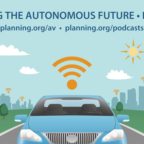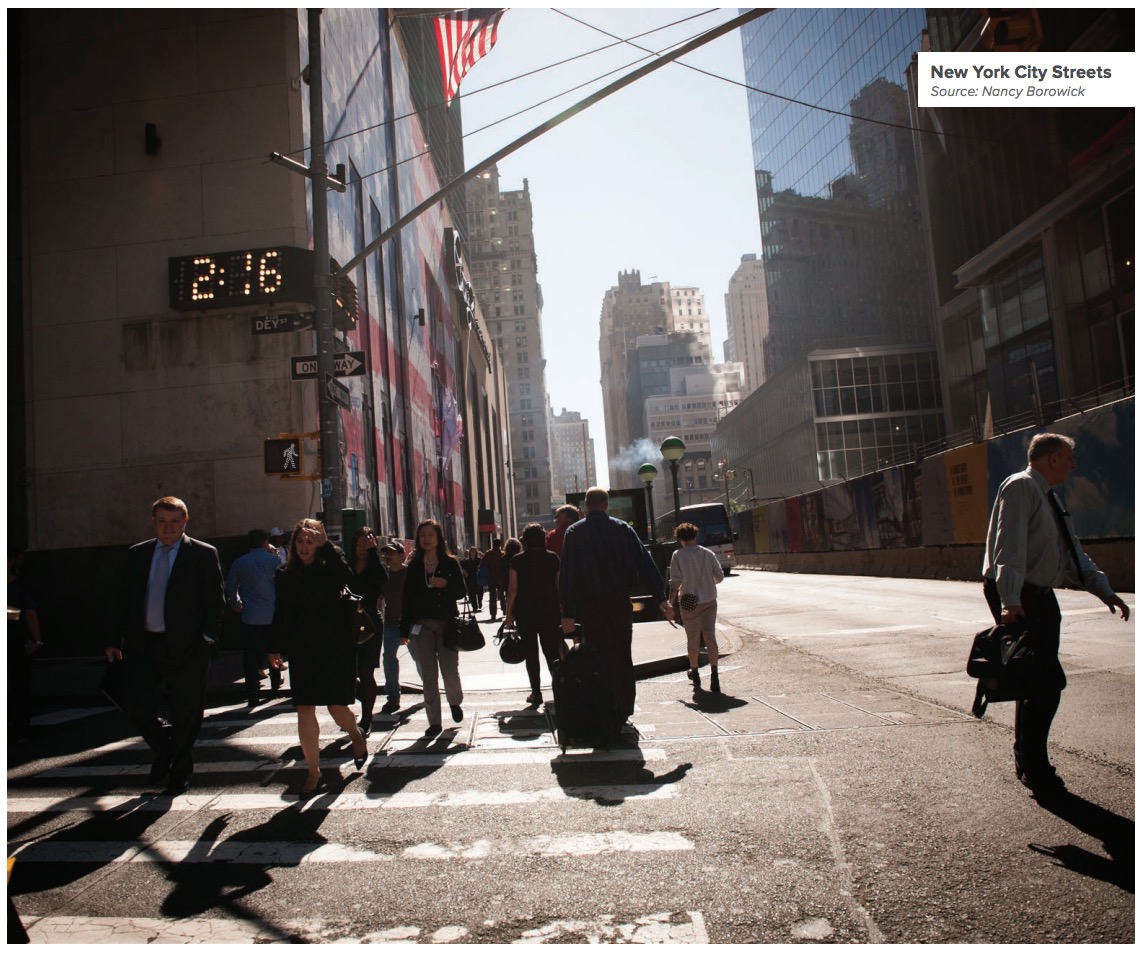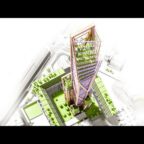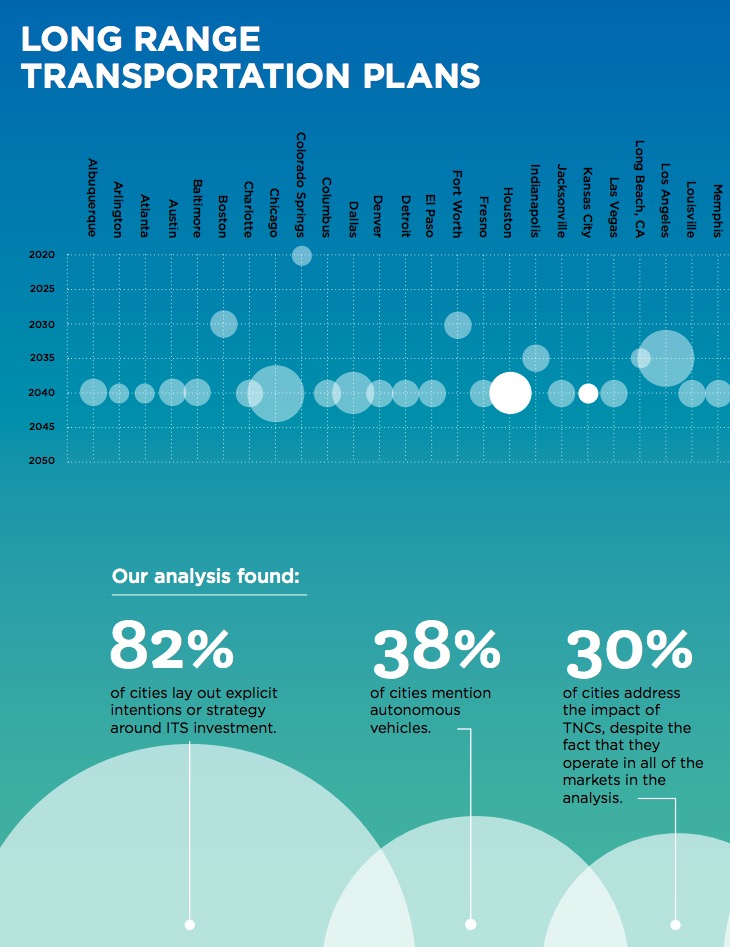
“Planning the Autonomous Future” is a new podcast series from APA. The series explores the many ways in which autonomous vehicle (AV) technology will impact cities and regions, mobility, and the planning profession. In this episode, host Jennifer Henaghan, AICP, and cohost Kelley Coyner provide an introduction to AVs and explain why every community needs […]
View this complete post...





















 RSS Feed
RSS Feed